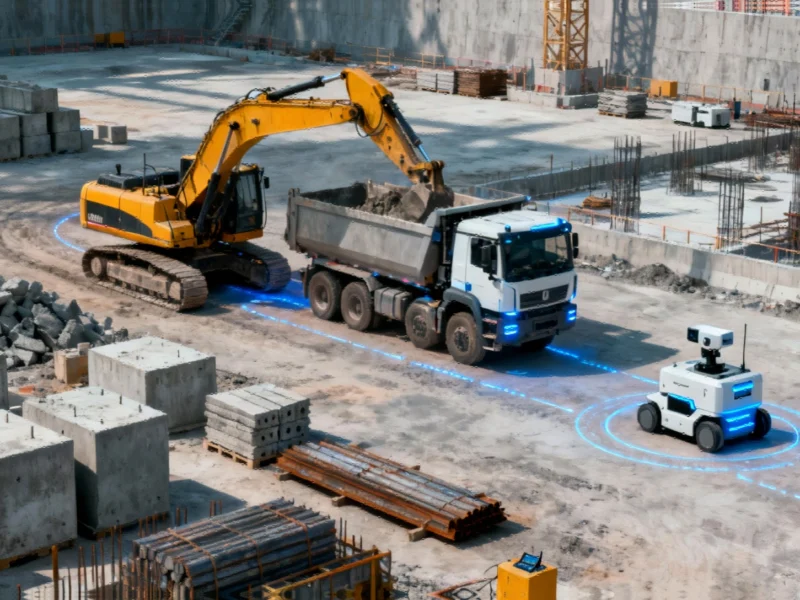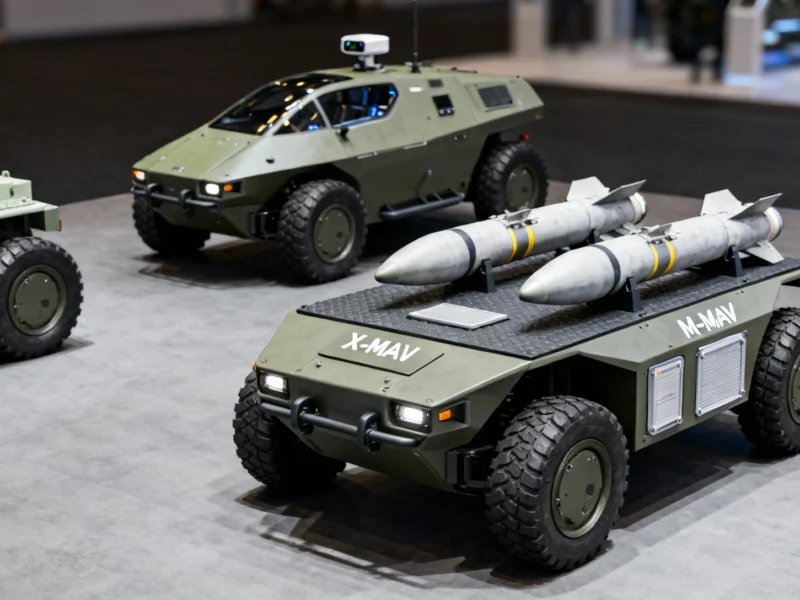** We keep hearing about AI agents, but what exactly are they? From simple chatbots to autonomous systems, understanding the spectrum of AI agency helps us build, evaluate, and govern these powerful tools safely. Explore the key components and autonomy classifications shaping AI’s future. **CONTENT:**
We keep talking about AI agents, but do we truly understand what they are? The term gets applied to everything from basic chatbots to sophisticated systems that independently research competitors and schedule strategy meetings. This ambiguity creates significant challenges for development, evaluation, and governance. If we can’t clearly define AI agents, how can we measure their success or ensure their safe implementation? Understanding the fundamental components and autonomy spectrum of these systems becomes crucial as they become more integrated into business operations and daily life.




